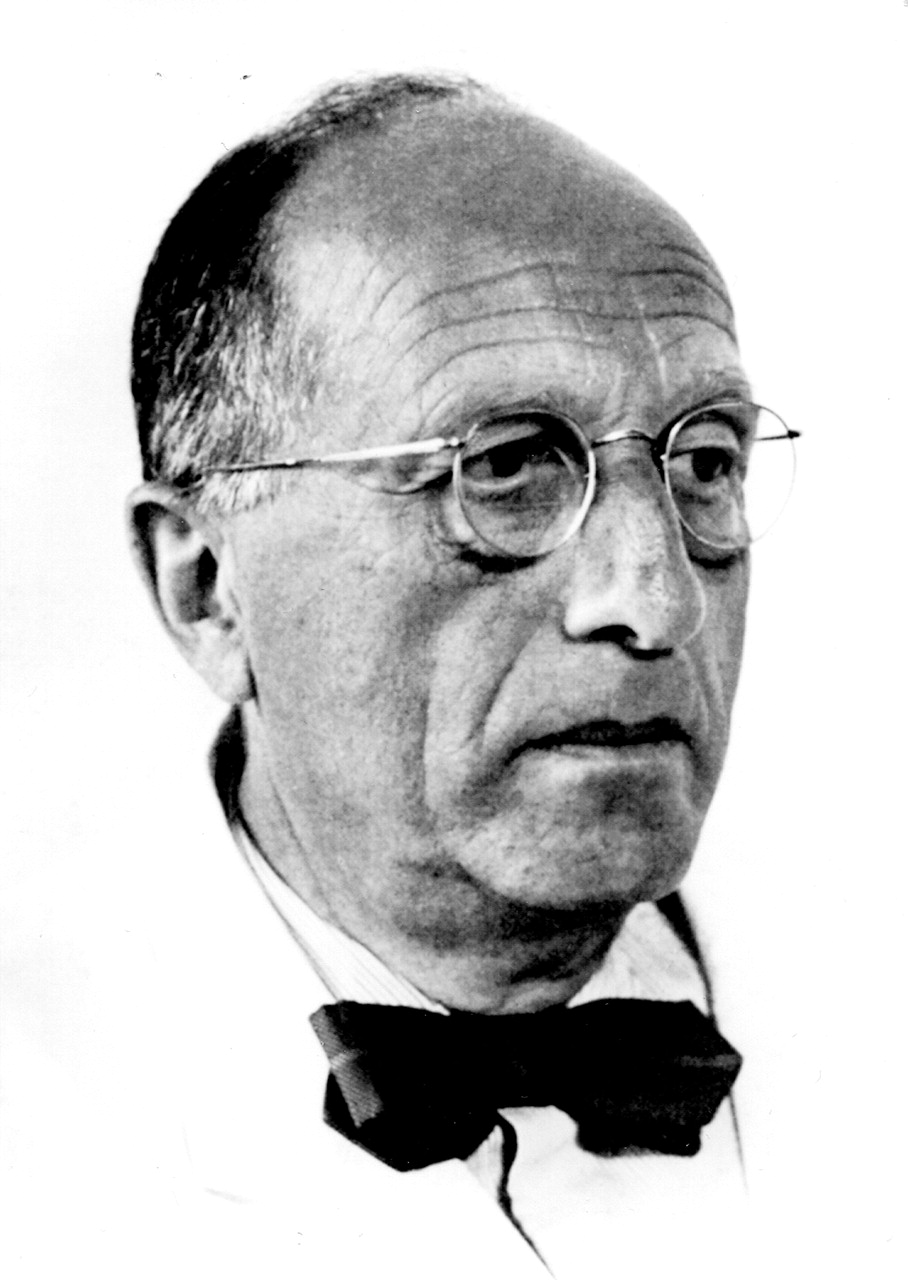Ernst Grünthal was born in Beuthen (Silesia) and studied medicine and psychology in Lausanne, Switzerland, in Heidelberg and Munich, Germany, and in Breslau, Poland. He received his clinical education from Emil Kraepelin in Munich and Martin Reichardt in Würzburg, Germany. He received neuropathological training from Walter Spielmeyer in Munich. Following his employment at the Psychiatric University Hospitals of Münster and Würzburg, he was dismissed in 1934 by the Nazis because of his Jewish origin, and he fled Germany. In Switzerland he found a new home and career at the Psychiatric University Hospital of Bern, where he worked as clinical psychiatrist and as neuropathologist until his retirement in 1965.
On a level with Kraepelin, Alzheimer, Nissl, Forel, and Flechsig, Grünthal was one of the pioneers of basic neuroscience research in psychiatry. The point of departure and motive power of his scientific work always was his interest in the comprehension of psychopathological symptoms, leading to his early meticulous analyses of amnestic syndromes and catatonic phenomena. However, he did not stop at the borders of clinical symptoms, but was one of the first researchers to explore the brain-structural basis of psychiatric diseases.
Guided by the paradigm that not only neurological, but also psychopathological, features of human behavior have definable cerebral localizations, Grünthal conducted outstanding examinations of the topographic and functional anatomy of diverse brain areas. Realizing that the comprehension of phylogenetic brain development is essential for understanding cerebral functions, he intensively studied the comparative neuroanatomy of different species. His paleontological investigations in search of “typical human peculiarities” of brain structure exerted a reciprocal influence on Tilly Edinger, the founder of paleoneurology, and numerous other neuroscientists of his time.
For the first time ever, Grünthal systematically investigated cerebral disorders leading to dementia and presented a correlative clinicopathological staging of Alzheimer’s disease as early as 1926.
Grünthal was also interested in neuropsychopharmacological and psychophysiological research. He reported clinical observations on the first tricyclic antidepressant, imipramine, in 1958. In his later years, Grünthal published a number of seminal monographs on philosophical and historical themes, such as the mind-brain relation and the history of neuroscience.
The rising impact of neuroscience on psychiatry during recent years has led to a new interest in Ernst Grünthal’s person and scientific oeuvre. Further findings can be expected from the analysis of his extensive collection of more than 2,000 brains in Bern, which is currently being reevaluated with modern neurobiological methods.


